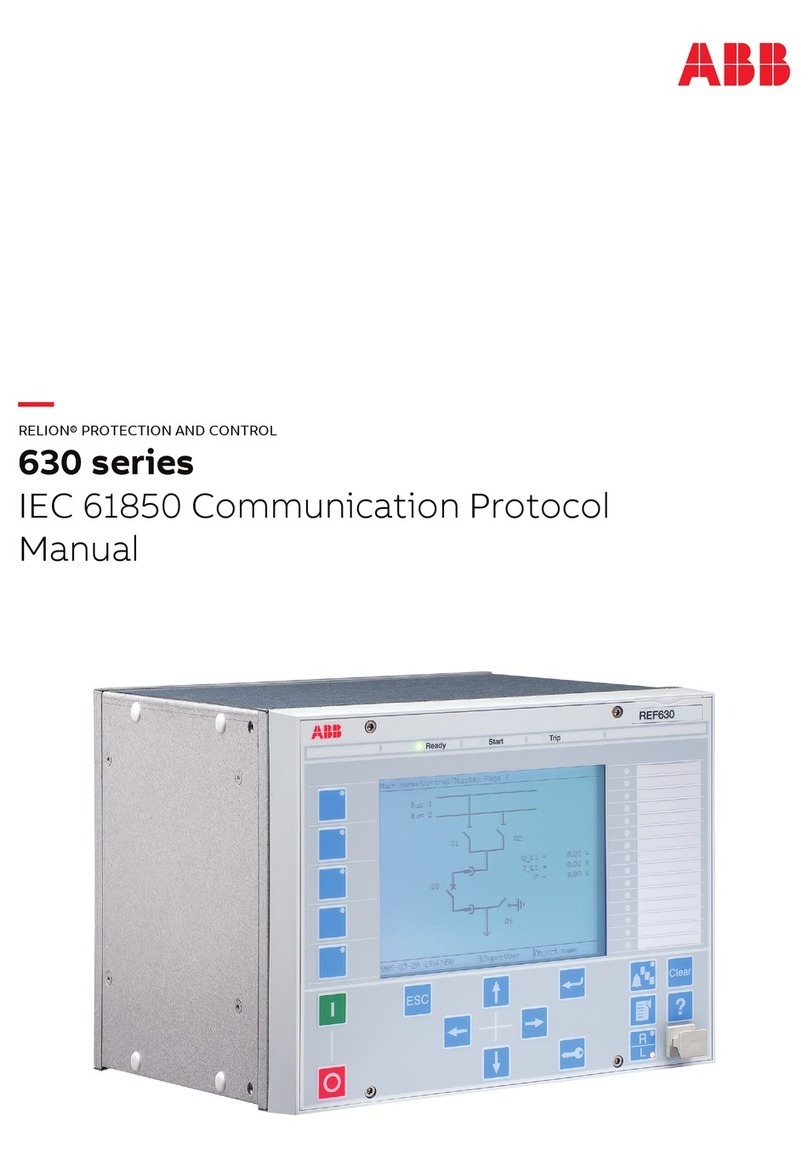ABB CIRCUIT SHIELD 87T User manual
Other ABB Relay manuals
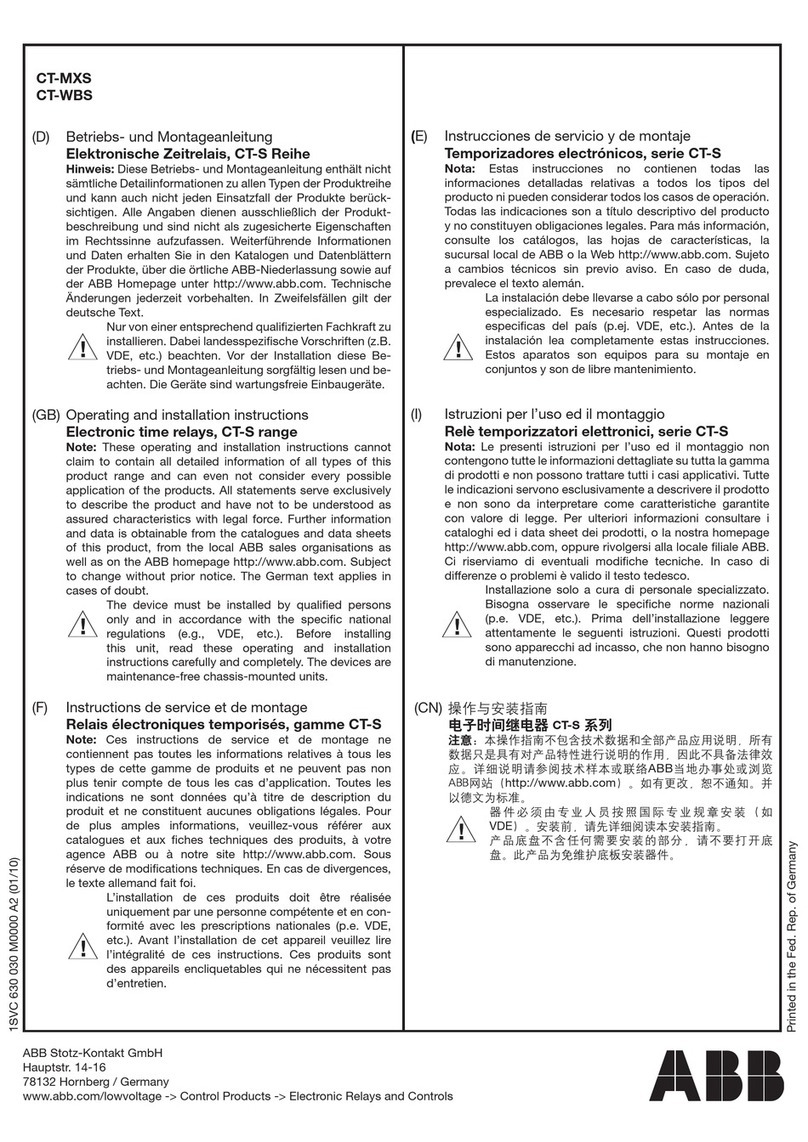
ABB
ABB CT-S Series User manual
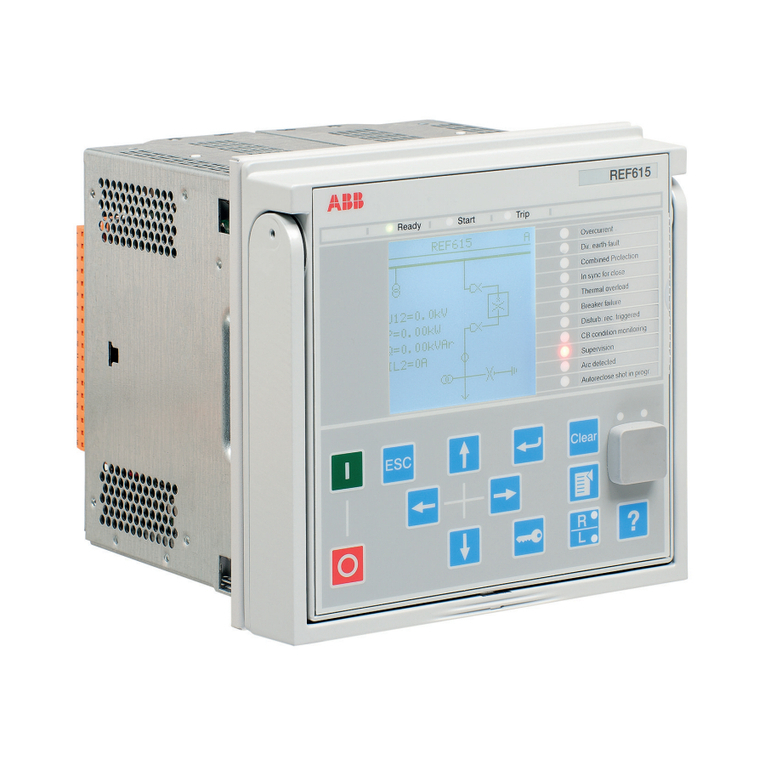
ABB
ABB Relion 615 series User manual

ABB
ABB COV-6 Manual
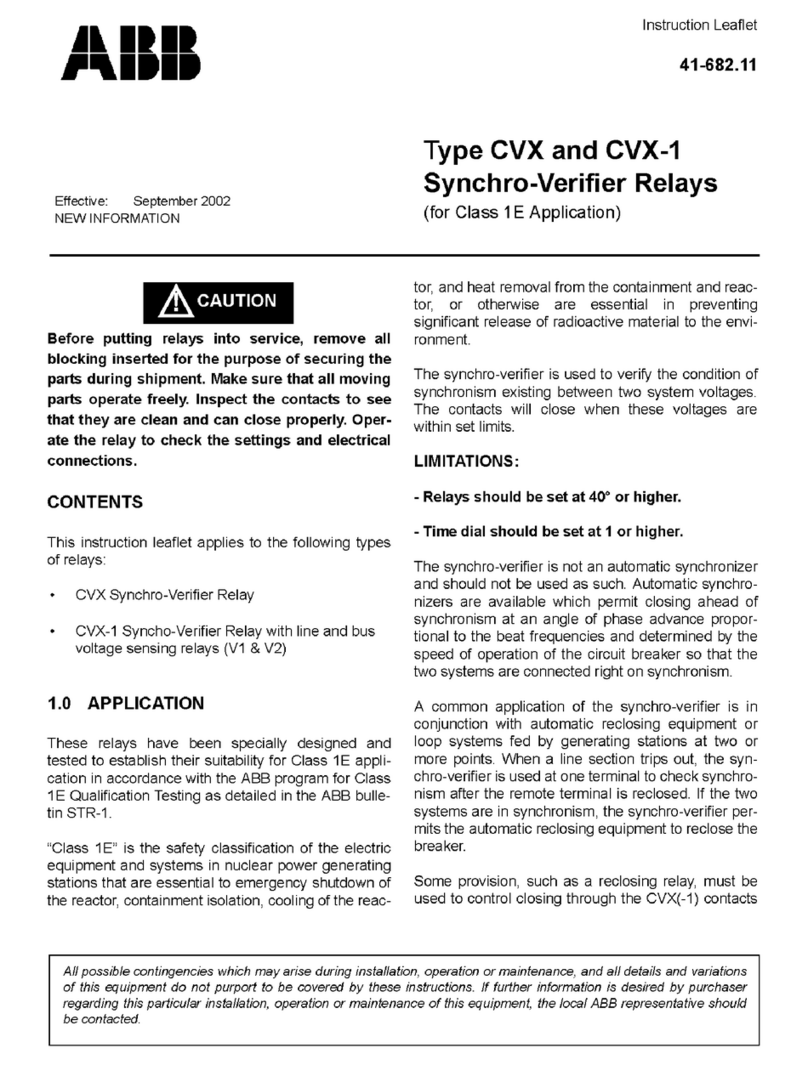
ABB
ABB CVX Manual

ABB
ABB HT595115 User manual
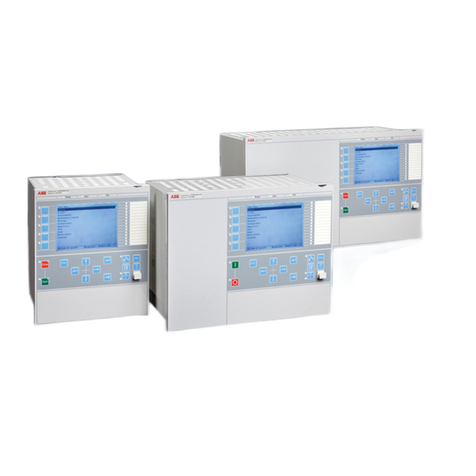
ABB
ABB Relion REC670 Quick start guide

ABB
ABB REJ 527 Product manual
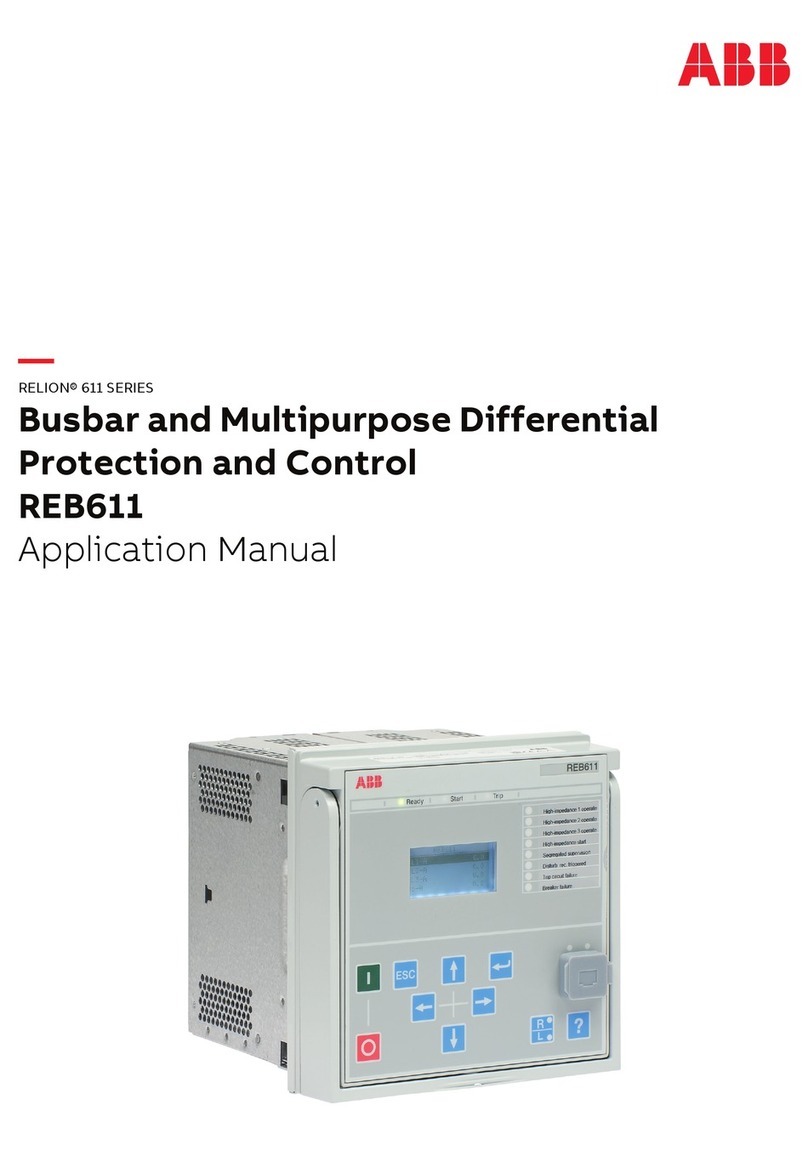
ABB
ABB Relion 611 Series Instructions for use
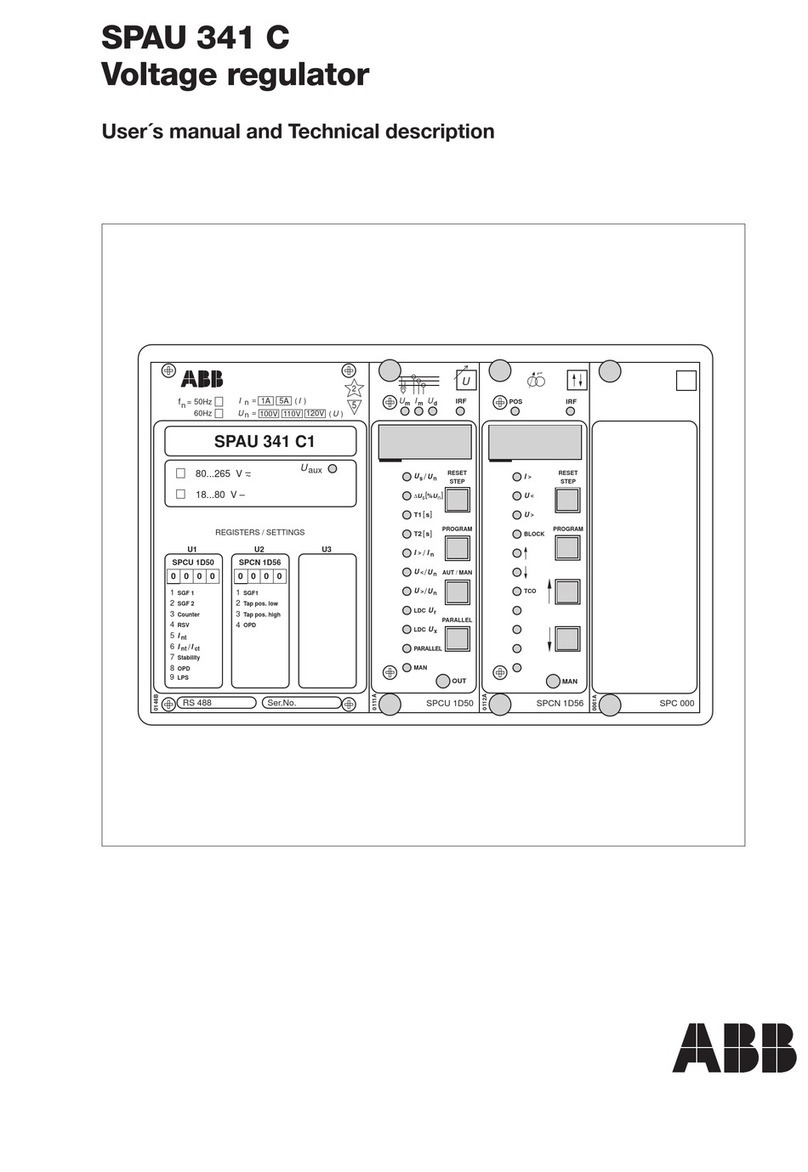
ABB
ABB SPAU 341 C User manual

ABB
ABB SPAJ 142 C Parts list manual
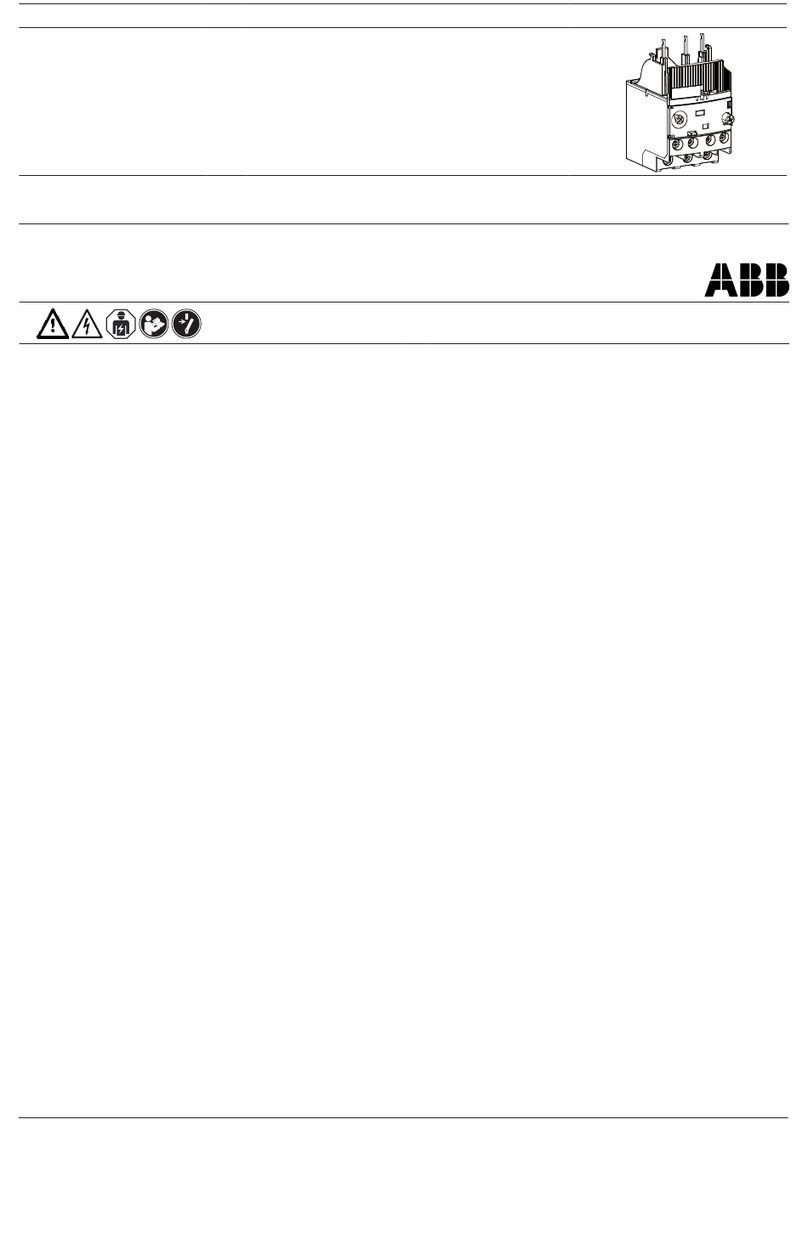
ABB
ABB EF19 User manual

ABB
ABB Relion 615 series User manual

ABB
ABB Relion 615 series Instructions for use

ABB
ABB RELION 650 SERIES User manual
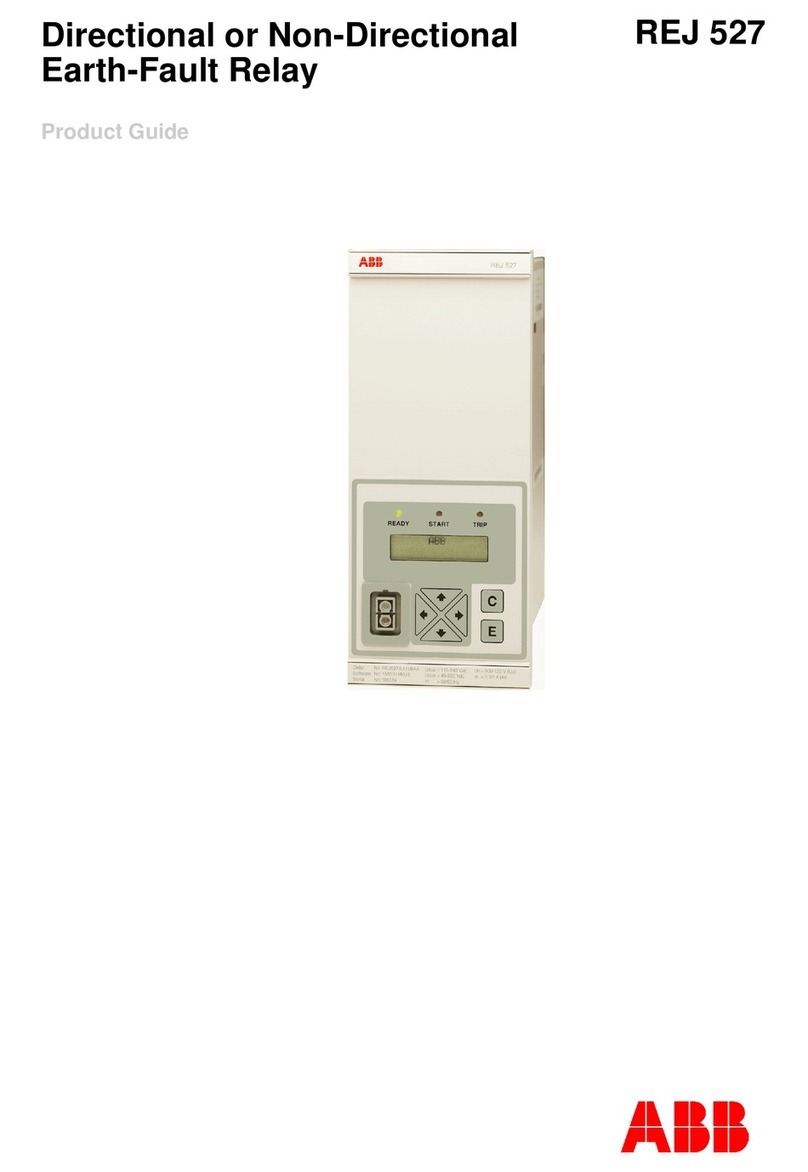
ABB
ABB REJ 527 User manual
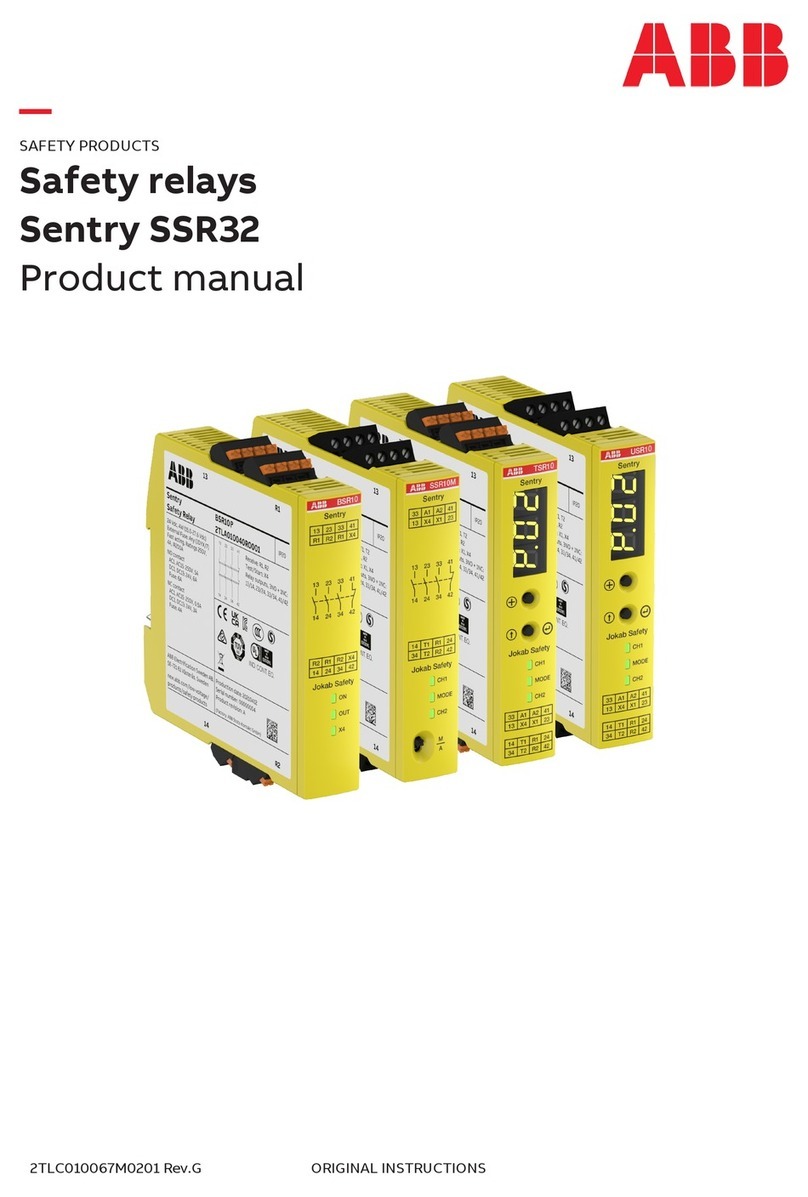
ABB
ABB SSR32 User manual

ABB
ABB CIRCUIT SHIELD 437W Series User manual
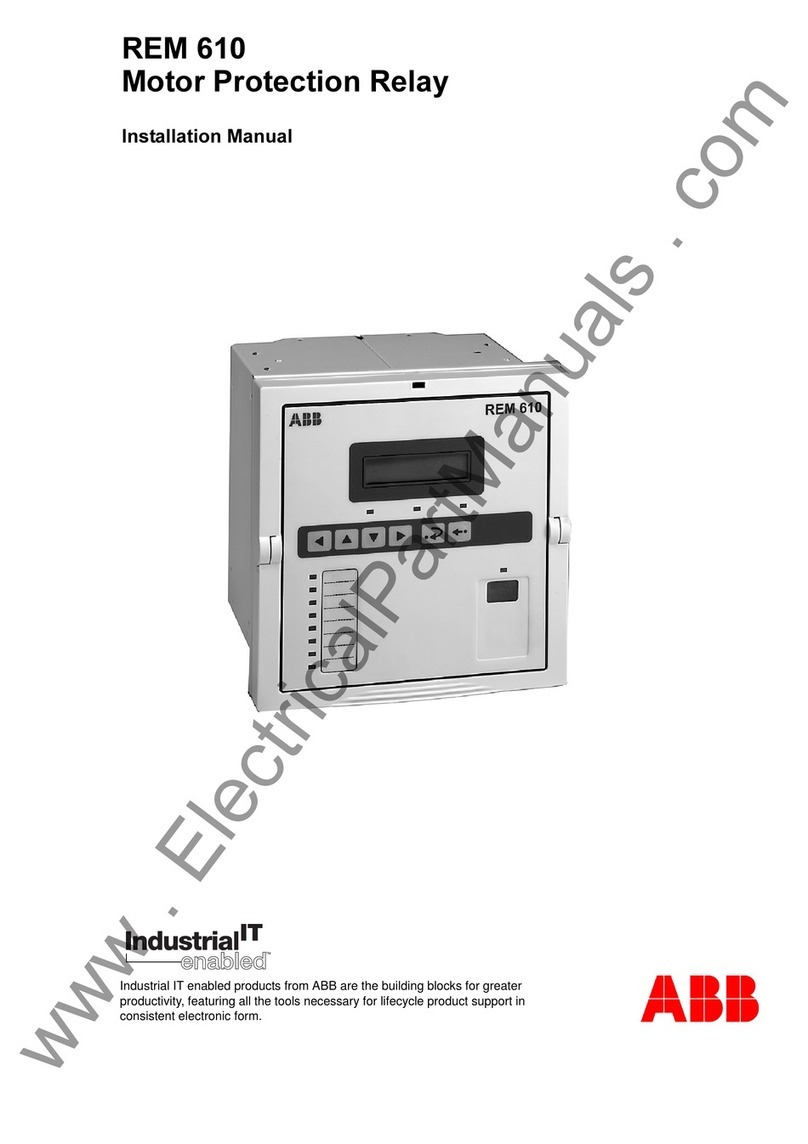
ABB
ABB REM 610 User manual

ABB
ABB CV-1 Manual

ABB
ABB KLF-1 User manual

